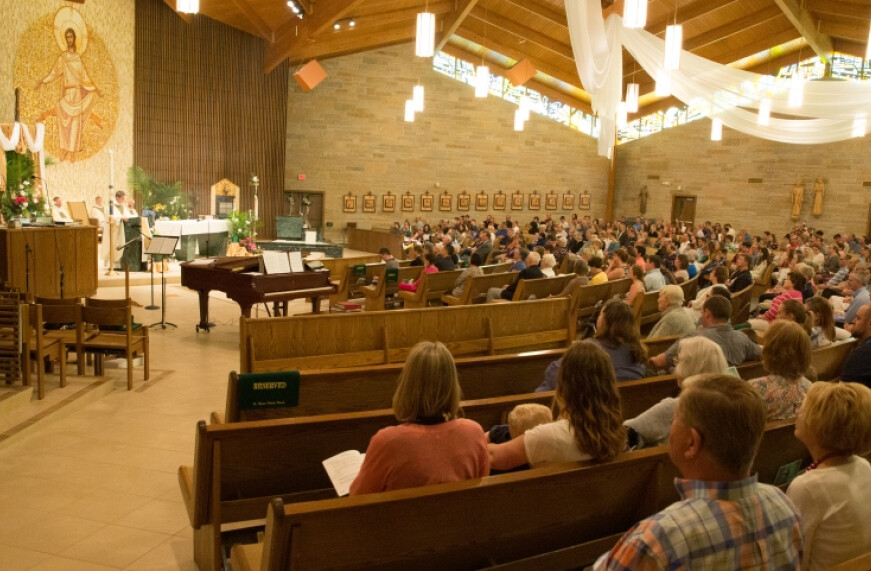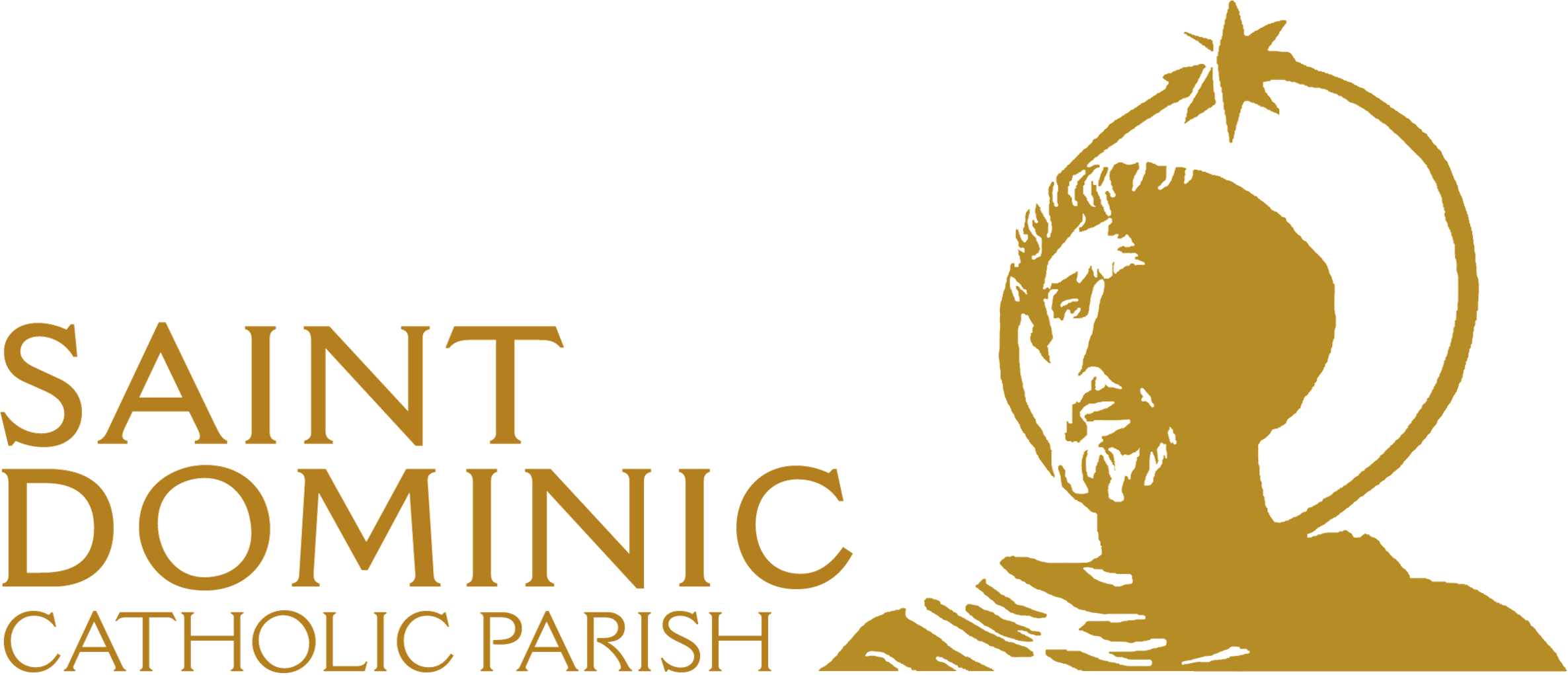Gathering as Family

As a Church, we gather together as individuals seeking God’s grace and love and to be nourished by the sacraments. Yet, it is in the gathering of us all that we become a family, gathering in our spiritual home. I have said countless times that our parish has many incredible attributes and chief among them is family. It took me
only a couple months to feel that family atmosphere and to know I was being welcomed home. Through our stewardship, we allow this place to continue to be a place where seekers come to know Christ and become Christ. Stewardship in St. Dominic Catholic Parish is an investment for the future, allowing our faith in Jesus Christ to be passed down through the generations. As we consider our stewardship, we’re also reminded in the Gospel to be thankful. The gifts that we’re given that we can share with others come first from God. The finances we give, the time we spend, and the personal skills we use, all come from God. As with any gift from God, we are called to share them with our brothers and sisters.


